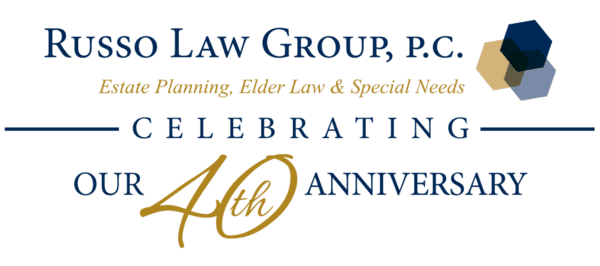Get the latest social security updates for 2026, including amounts for individuals and couples, and key earnings thresholds.
 A MOLST (Medical Orders for Life-Sustaining Treatment) form is a medical order form that tells healthcare providers a patient’s medical orders for life-sustaining treatment.
A MOLST (Medical Orders for Life-Sustaining Treatment) form is a medical order form that tells healthcare providers a patient’s medical orders for life-sustaining treatment.
The form includes medical orders and patient preferences regarding resuscitation instructions when the patient has no pulse or is not breathing (CPR order or DNR order); and it also includes orders for other life-sustaining treatment and future hospitalization when the patient has a pulse and the patient is breathing.
The MOLST is generally reserved for patients with serious health conditions, and patients should be consulted by their physicians before a MOLST is completed. Once a MOLST is in place, all healthcare professionals must follow the medical orders regardless of the patient’s location. It should be noted, however, that a physician may examine the patient and change the orders if appropriate.
Although the MOLST form summarizes advanced directives—such as a Health Care Proxy and Living Will—it is not intended to replace them.
There are additional requirements to put a MOLST form in place for patients with developmental disabilities.
Many individuals with developmental disabilities have a Surrogate’s Court Procedures Act Article 17A Guardian in place who has the authority to make decisions on the individual’s behalf regarding routine and major medical care, including life-sustaining treatment. However, just because there is a guardian in place—who has the authority to make these decisions—does not mean that the guardian can have a MOLST form on file for the patient without further requirements.
Pursuant to the The Family Health Care Decisions Act that was enacted in 2010, there are requirements that must be met before the patient’s MOLST form can be on file. These requirements include a MOLST Legal Requirements Checklist that must be completed by both the patient’s 1. attending physician and 2. concurring physician. The checklist details specific medical criteria that the patient must meet before it is appropriate for the MOLST form to be in place.
The physicians will confirm the individual’s lack of capacity to make their own healthcare decisions.
Furthermore, the patient’s condition must be terminal, and it needs to be shown that the life-sustaining treatment would impose an extraordinary burden on the individual, in light of their medical condition. Likewise, the form must indicate that the outcome of the life-sustaining treatment is not going to be a positive one (the patient’s passing is inevitable).
Once the MOLST Legal Requirements Checklist is completed by the two physicians, notice of it must be submitted to the New York State Office for People With Developmental Disabilities (OPWDD) and the office of Mental Hygiene Legal Services (MHLS). Both OPWDD and MHLS have the ability to object to the MOLST form for the patient, but these objections can be overcome in a court proceeding.
The checklist has items which explain who will make decisions in this case, potentially:
- A 17A guardian;
- An actively involved spouse;
- A parent;
- A child; or
- Someone related to the individual.
There are a lot of medical requirements that need to be met in order for the MOLST to be in place for a patient with developmental disabilities. In Part 2, we’ll discuss how a MOLST form is executed. If you need help with this process, please do not hesitate to contact us with questions.




Comments (0)